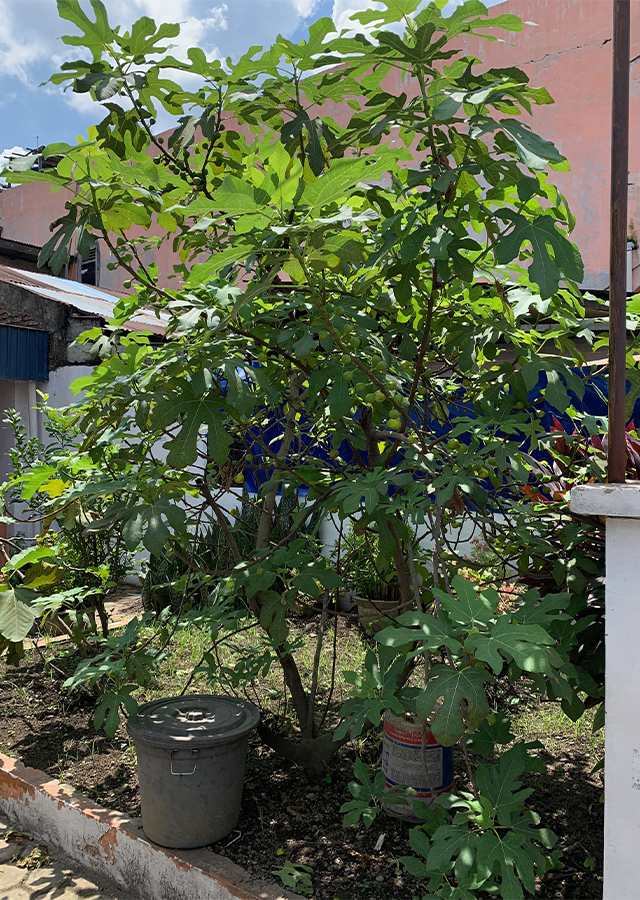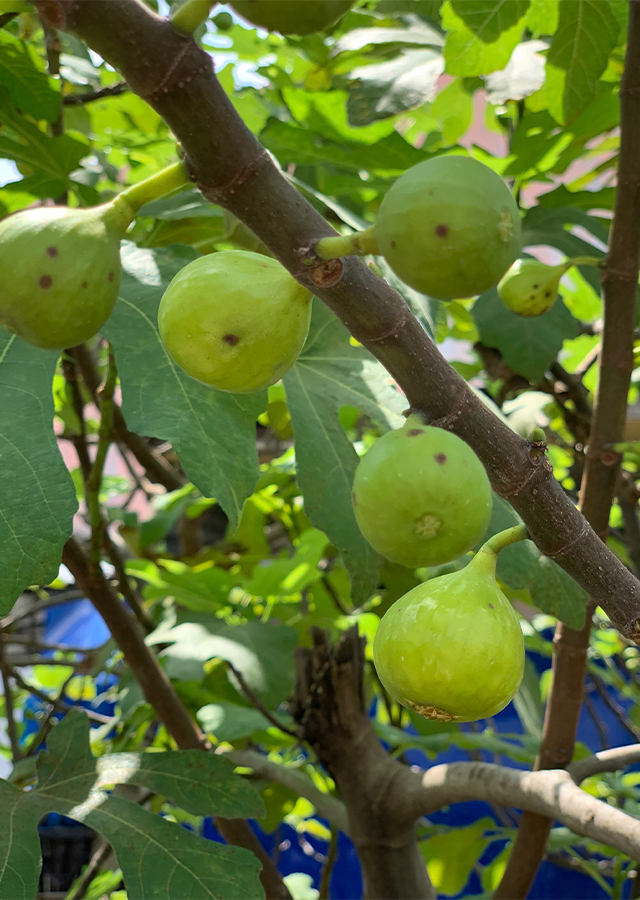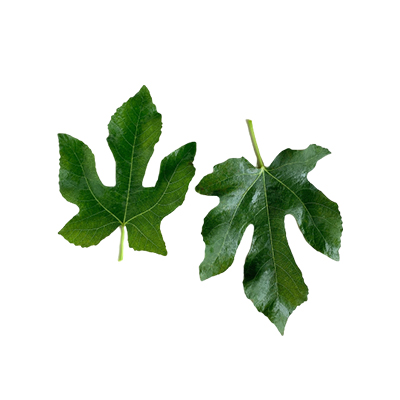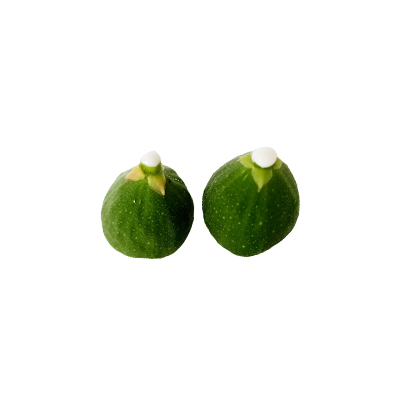Common fig
Ficus carica L.
Moraceae
Location in our garden
Orchard



Synonym
Ficus albescens Miq.
Ficus burdigalensis Poit. & Turpin
Ficus caprificus Risso
Habitus
Shrubs. Deciduous tree, perennial, growing up to 4 m
Part Used
Shoots
Leaves
Fruit
Latex
Growing Requirements
Full Sunshine
Need Shade
Habitat
Forest
Rocky Areas
Shrublands
Overview
Common fig is indigenous in South-Western Asia to North-West India. It has been cultivated by humans for over 5,000 years and was first known from Caria in South-Western Asia. It has naturalized all over the Mediterranean area and is now cultivated elsewhere in areas with a similar climate.
Vernacular Names
Anjir (Arabic), Mo fa guo (Chinese), Arbre À Carriques (French), Echte Feige (German), Fic (Italian), Ichijiku (Japanese), Quả vả (Viatnamese), Anjir (Malaysia).
Agroecology
It thrives in the lowland in subtropical areas with light early spring rains and in tropical areas generally between 600 and 1,800 m altitudes. The semi arid tropical and subtropical regions of the world are suitable for fig cultivation with the assistance of irrigation. It tolerates winter temperatures as low as 10 °C. Common fig is quite tolerant light frosts. It can be grown on a wide range of soils: light sand, rich loams, clay or limestone, providing there is sufficient depth and good drainage The ideal pH should be between 6,0 and 6,5.
Morphology
- Roots - generally a shallow, fibrous-rooted species, however, depending upon the soil conditions, the roots may spread laterally and vertically.
- Barks - smooth, distinctly lenticellate, grey or dull white, young twigs glabrous or softly hairy.
- Leaves - alternate and borne on 5–12 cm long, grooved petioles.
- Flowers - male flowers are found near the apical orifice, with usually 4 united sepals, 4 stamens on long filaments with oval, exserted anthers. Female flowers are pedicellate, with 4 lanceolate-oblong lobed sepals, ovoid ovary with lateral style and bifid stigma.
- Fruits - a syconium, defined as a collective fleshy hollow peduncle. Its inner wall is lined with flowers and upon maturity with numerous fruitlets. It is classified as a false multiple fruit.
Cultivation
- It can be propagated by seeds or by vegetative methods. The main method of propagation is by hardwood cuttings.
- Seed propagation is used only for breeding new cultivars.
Chemical Constituents
Flavonoids, tannins, steroids, alkaloids, benzaldehyde, coumarins, polyphenol, ficin (sistein proteinase for anticancer), phenolik, phytosterol, anthocyanin, volatile.
Traditional Medicinal Uses
Medicinal Uses
- Figs are mildly expectorant and when used with herbs such as elecampane, are helpful in treating dry and irritable coughs and bronchitis.
- It has shown antioxidant, anticancer, hepatoprotective, hypoglycamic, hypolipidemic, antibacterial and anti-fungal activities.
Traditional Uses
- Syrup of figs is still a remedy for mild constipation.
- The fruit’s emollient pulp helps relieve pain and inflammation, and it has been used to treat tumors, swellings, and gum abscesses—the fruit often being roasted before application.
- The milky latex from leaves and stems is reputed to be analgesic, and has long been used to treat warts, insect bites, and stings.
Part Used
Reference Sources
- CABI. (2015). Invasive Species Compendium. Ficus carica(common fig). https://www.cabi.org/isc/datasheet/24078. 16.01.2021
- Cevallier, Andrew, (2016). The developmenT of herbal medicine. US. p211. 16.01.2021
- Lim, T.K., (2012). Edible Medicinal and Non-Medicinal Plants Volume 3, Fruits. New York. p362
- Shukranul Mawa,1 Khairana Husain,1 and Ibrahim Jantan1. (2013). Ficus carica L. (Moraceae): Phytochemistry, Traditional Uses and Biological Activities. Volume 2013 |Article ID 974256 | https://doi.org/10.1155/2013/974256. 16-01-2021
- Taylor & Francis Online. (2014) Traditional uses, phytochemistry and pharmacology of Ficus carica: A review. https://www.tandfonline.com/doi/full/10.3109/13880209.2014.892515. 16.01.2021



